The 8 Best Ways to Save Money on Energy in the Summer
As the summer sun blazes down, energy bills can soar as households strive to keep cool. However, there are numerous strategies to reduce these costs without sacrificing comfort. Here, we explore the eight best ways to cut energy costs during the summer, using data and practical advice.
Upgrade to Energy-Efficient Air Conditioning Units
Statistics and Benefits:
- Air conditioning can account for up to 50% of a home’s energy consumption during the summer months.
- Replacing an old air conditioner with a new ENERGY STAR model can reduce cooling costs by 15-20%.
Investing in a high-efficiency air conditioning unit can significantly reduce energy use. Look for units with a high Seasonal Energy Efficiency Ratio (SEER). The higher the SEER rating, the more efficient the unit. Additionally, ensure that the unit is appropriately sized for your home to avoid unnecessary energy expenditure.
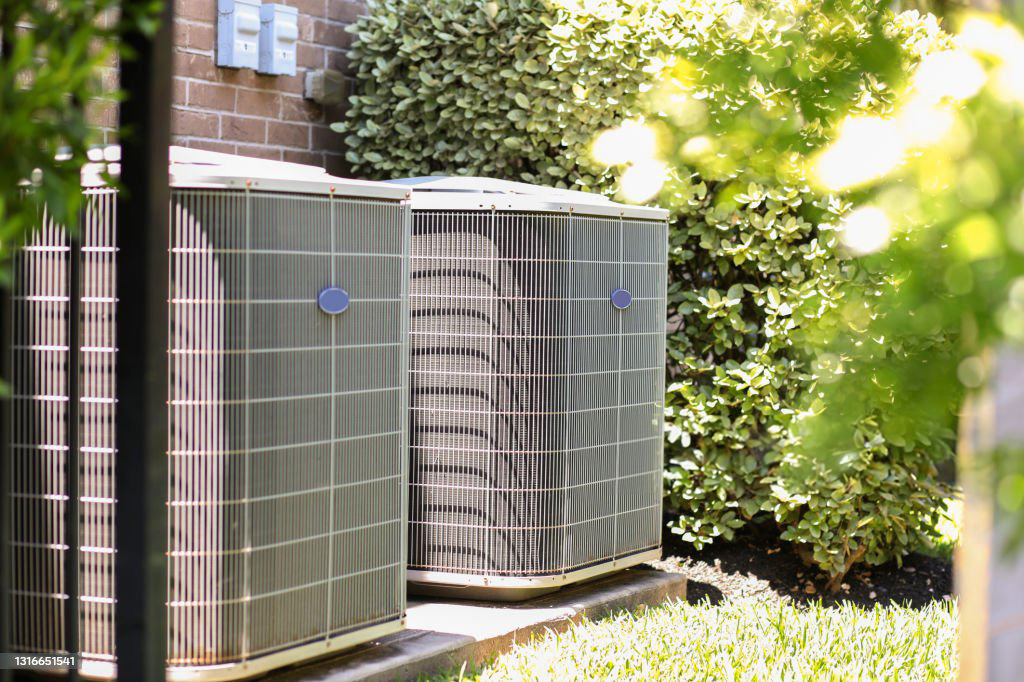
Install Solar Panels
Statistics and Benefits:
- Solar power can reduce a home’s energy bill by 60-95%.
- The Southeast receives ample sunlight, averaging about 5 hours of peak sunlight per day.
- Solar can be added to homes with zero money down and instant savings.
Solar panels reduce your need for grid based power which largely removes dependency on utility companies. Not only does this cut energy costs, but it also provides a renewable energy source. Federal and state incentives can further offset the initial installation costs if you want to purchase.
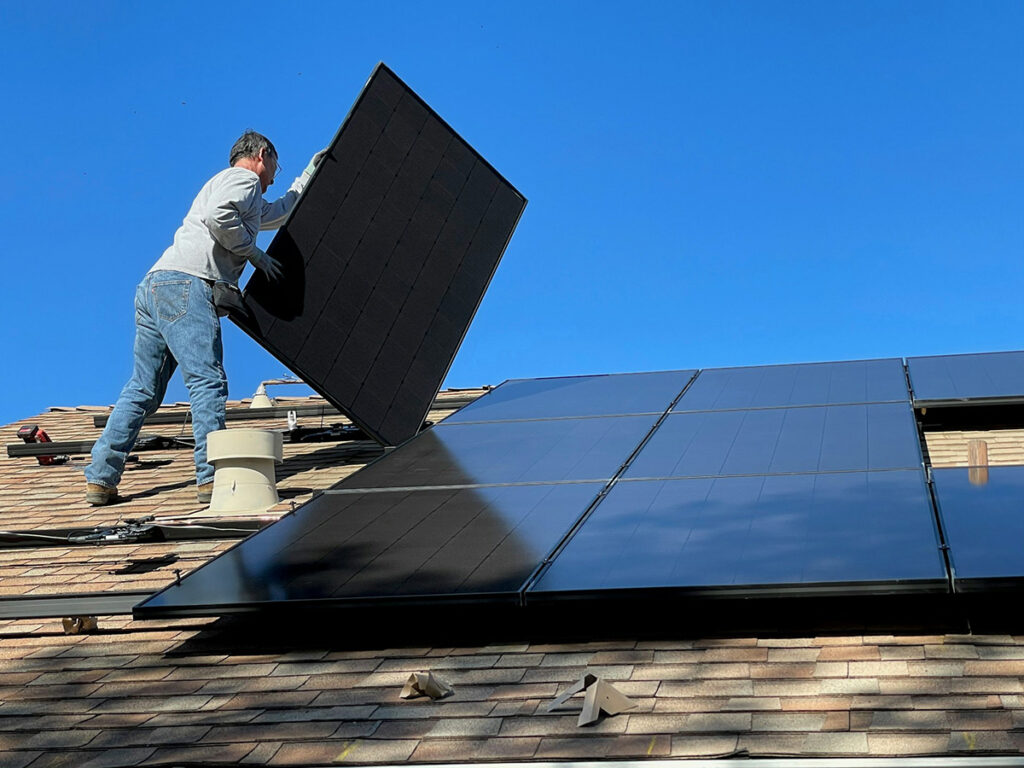
Seal and Insulate Your Home
Statistics and Benefits:
- Proper insulation can save up to 20% on heating and cooling costs.
- Air leaks account for 25-40% of the energy used for heating and cooling in a typical home.
Sealing gaps around windows, doors, and other openings can prevent cool air from escaping and hot air from entering. Adding insulation to your attic, walls, and floors will maintain a more consistent indoor temperature, reducing the workload on your air conditioning system.
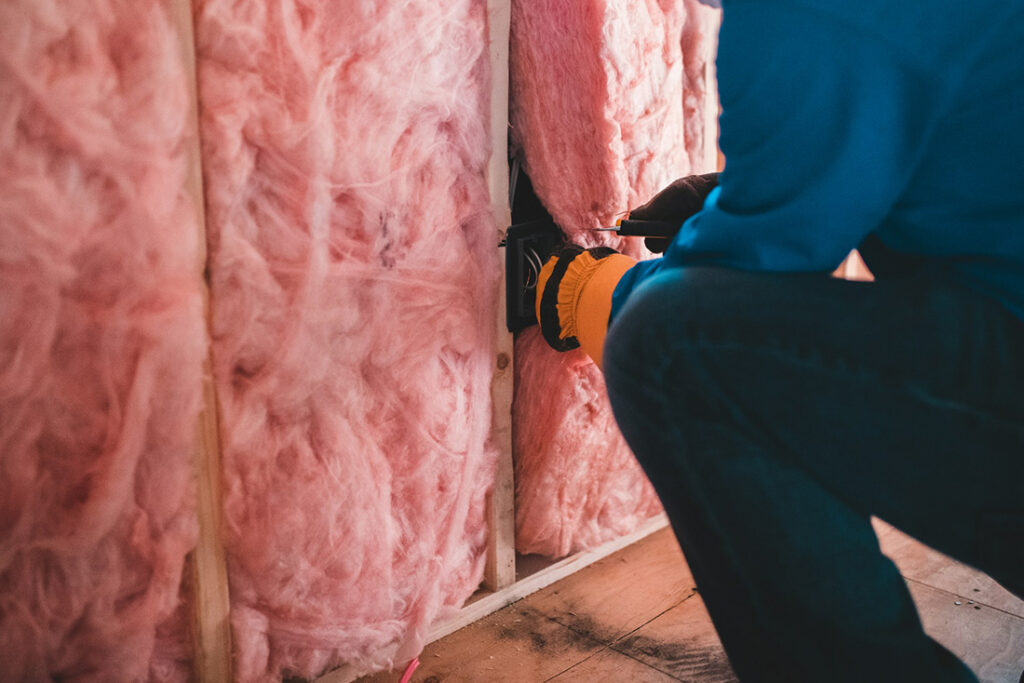
Use Programmable Thermostats
Statistics and Benefits:
- Programmable thermostats can save up to 10% on cooling and heating costs.
- Households can save approximately $180 per year by using programmable thermostats efficiently.
A programmable thermostat allows you to set your cooling system to operate less when you’re not home and more when you are. This automation reduces unnecessary energy consumption. Smart thermostats can learn your schedule and adjust settings automatically, providing even greater savings.

Use and Add Ceiling Fans
Statistics and Benefits:
- Ceiling fans can make a room feel 4 degrees cooler, allowing you to raise the thermostat setting without sacrificing comfort.
- Using fans can save up to 15% on cooling costs.
Ceiling fans circulate air, creating a wind-chill effect that helps you feel cooler. Ensure that fans are running in the correct direction (counterclockwise) during the summer to maximize cooling efficiency. Remember to turn off fans when you leave the room, as they cool people, not spaces.

Utilize Window Treatments
Statistics and Benefits:
- Properly installed window treatments can reduce heat gain by up to 77%.
- Reflective films on windows can block up to 70% of solar heat.
Curtains, blinds, and reflective films can significantly reduce the amount of heat entering your home. Close blinds or drapes during the hottest parts of the day, especially on south and west-facing windows, to keep indoor temperatures lower and reduce the need for air conditioning.
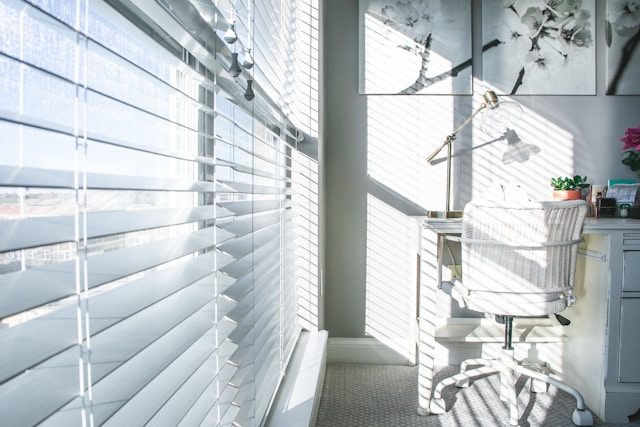
Maintain Your HVAC System
Statistics and Benefits:
- Regular maintenance can improve HVAC efficiency by up to 15%.
- A well-maintained system can last 5-10 years longer, delaying costly replacements.
Schedule annual maintenance for your HVAC system to ensure it operates efficiently. This includes cleaning or replacing filters, checking refrigerant levels, and inspecting ducts for leaks. Regular maintenance can prevent breakdowns and ensure your system is running at peak efficiency, saving energy and money.

Adopt Energy-Efficient Lighting
Statistics and Benefits:
- LED bulbs use at least 75% less energy than incandescent bulbs and last 25 times longer.
- Lighting accounts for about 5-10% of the energy use in a typical household.
Switching to LED lighting can reduce the heat generated by traditional incandescent bulbs, lowering the overall cooling load. LEDs are also more energy-efficient and have a longer lifespan, reducing replacement costs. Consider installing motion sensors or timers to ensure lights are only used when needed.
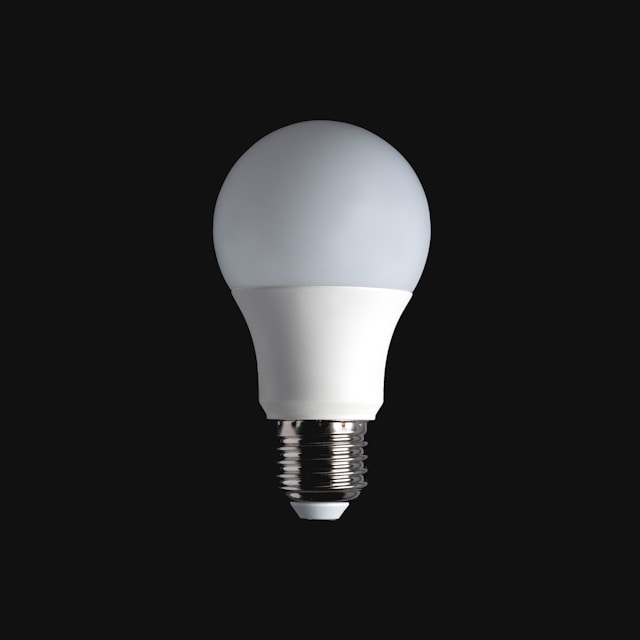
Do What You Can
Cutting energy costs during the summer requires a multifaceted approach. Implementing all of these will significantly reduce your energy bills but also can have a hefty upfront cost. Choose which make the most sense for your particular budget and living situation. These strategies not only save money but also contribute to a more sustainable and comfortable living environment. With the right combination of improvements, homeowners can enjoy a cool summer without breaking the bank.


